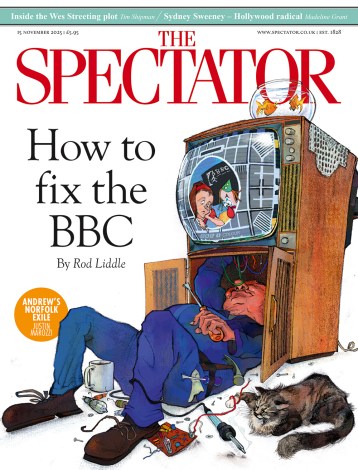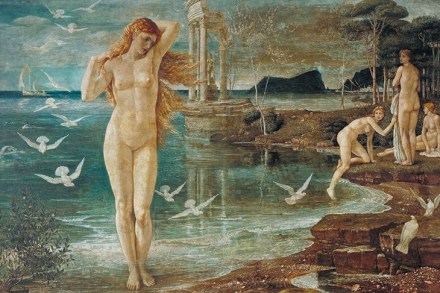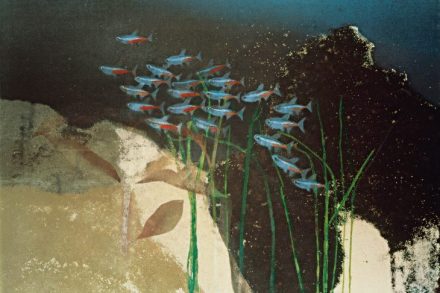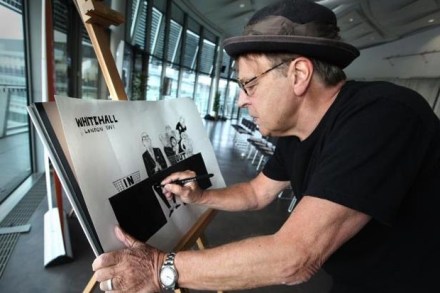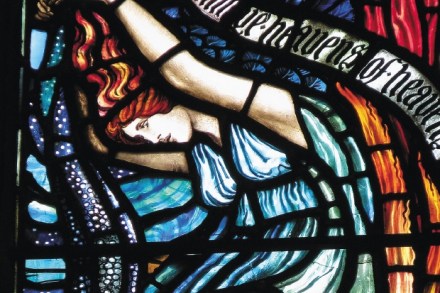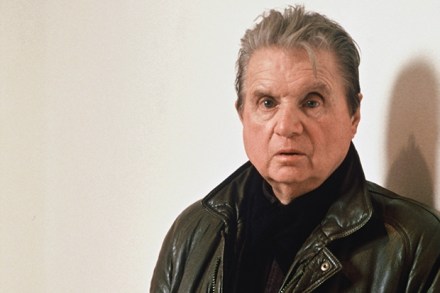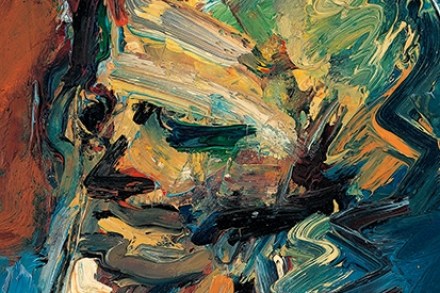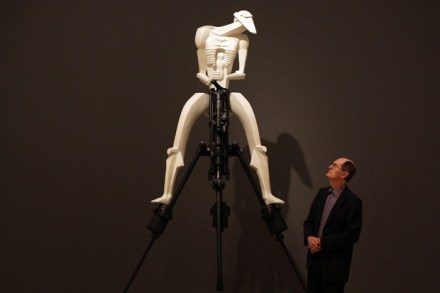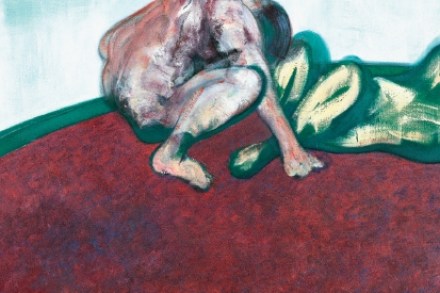Beyond Timbuktu
Every so often a monster comes along. Here’s one — but a monster of fact not fiction, over 700 pages recounting the French expedition from Dakar to Djibouti 1931–33. It doesn’t matter that this travel diary — part field study, part confessional, first published in 1934 — has arrived so late for an English readership. It comes with the additional resonance of a lost world. Michel Leiris was an exceptional man, a Parisian surrealist writer and protégé of Max Jacob. He was also close to Picasso, with whom he shared an interest in primitive art, shamanism and Mithraism; and he married a girl who was the illegitimate daughter of the

